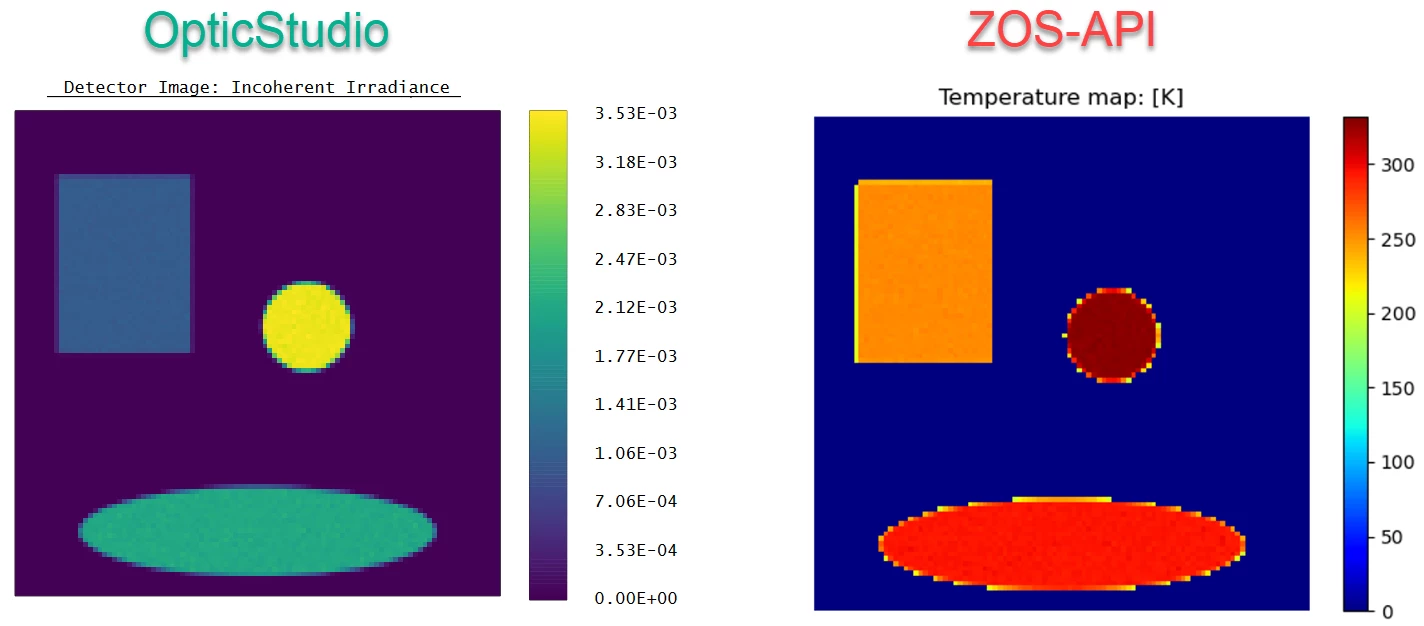Welcome
Welcome to the November monthly Community update. In this newsletter you will find:
- Featured Community posts: this month we’re focusing on DLLs, a powerful set of tools to customize a range of features in OpticStudio.
- A list of Knowledgebase articles which are new or have been significantly updated in the last month.
- Information on the new Aspheres and Freeforms learning plan on OpticsAcademy.
- Mini interview with our highlighted user Nicolas Azais: get to know Nicolas, an OpticStudio expert.
Let us know in the comments below if you there’s anything you’d like in this newsletter in the future or if you have any other feedback. We want to make this monthly post as useful to you as possible!
Featured Community posts
This month we’ve seen lots of questions about Dynamic Link Libraries (DLLs), both on the Community and in questions to Zemax support, so we thought it we should pull out some of our favorite posts on this topic.
DLLs are a really powerful way to extend and customize features in OpticStudio, they allow you to make custom Sequential Surfaces, surface and bulk scatter models, non-sequential objects and sources, and much more. Have a look at the posts below to find out more about them:
- How to pass more parameters to a User-Defined Surface DLL? -
@Sandrine Auriol explains how to use more parameters in a User-Defined surface DLL by using the Data surface. - Read and parse data from text file in DLL using in C++ way -
@Michael Cheng describes how he used C++ to read data into a DLL. - How can I return the settings of my DLL surface? -
@Allie explains how you can obtain the settings from a DLL surface when using the ZOS-API.
For more information on DLLs you can also take a look at this Knowledgebase article: Custom DLLs in OpticStudio: An overview of user-defined surfaces, objects, and other DLL types.
Knowledgebase Updates
Infrared thermometer and thermal camera simulation using OpticStudio

Infrared detectors measure the temperature of objects based on their emitted thermal radiation. The technology has been widely adapted in various domains, such as in the medical practice, food safety and quality assessment, pest detection, and surveillance. This article discusses how to model infrared thermal detectors in Zemax OpticStudio and shows how to simulate the calibration and measurement processes using ZOS-API.
New Aspheres and Freeforms Learning Plan
Earlier this month, we published the new Aspheres & Freeforms learning plan on our online learning platform, OpticsAcademy. This learning plan teaches you how to design using these advanced shapes and surfaces.
To find out more about this new course, check out this blog post explaining what you can learn: NEW! Aspheres & Freeforms Learning Plan. Or you can go straight to the course on OpticsAcademy and check it out for yourself: OpticsAcademy | Aspheres & Freeforms.
Zemax-er Spotlight

Have a look below to find out more about Nicolas!
Tell us about yourself?
After working at the AIP (Astrophysics Institute of Potsdam) as an optical engineer for the 4MOST project (4-metre Multi-Object Spectroscopic Telescope) on VISTA telescope, I co-founded IRIDESCENCE, an optical consultancy company in 2017. Since then, my work has been focused on solving challenges in optical and photonics fields for different companies or institutions. As an optical consultant, I take action at each step of a project as brainstorming, feasibility study, dimensioning, conceptual and final design work, analysis, end to end simulation as well as support for prototyping and industrialization. I am working in Grenoble, France.
What in the industry are you excited about?
I am fond of feasibility studies and draft projects that new clients bring to me, trying to link what I know from other optical fields into each project. Being an optical designer, I am an intensive user of Zemax and like to learn new tricks and efficient workflows.
If you could offer one piece of advice to someone using OpticStudio, what would it be?
To turn on ray aiming (paraxial or real) when the pupil of your the system is not at the entrance pupil i.e. the second surface in the LDE.
What contributions have you made to Zemax that others should know about?
In July we published an article on using Python to make User Extensions: Generate the executable in Python for ZOS-API User Extensions.



